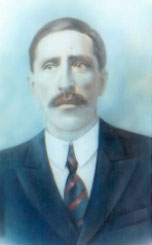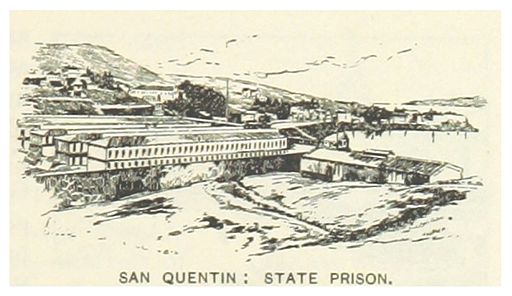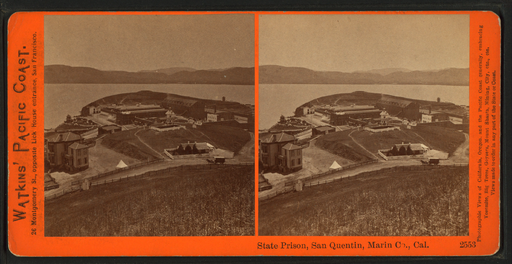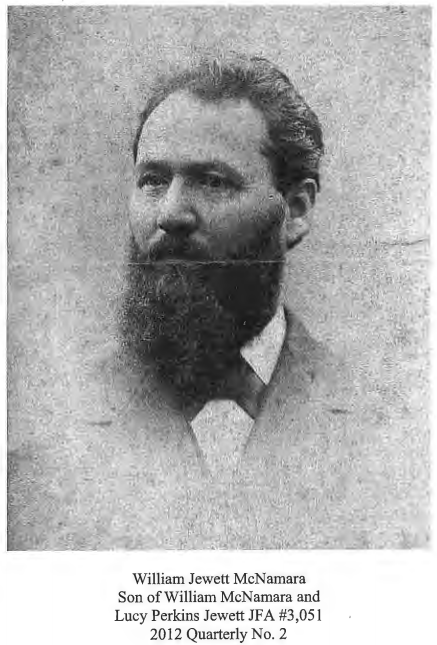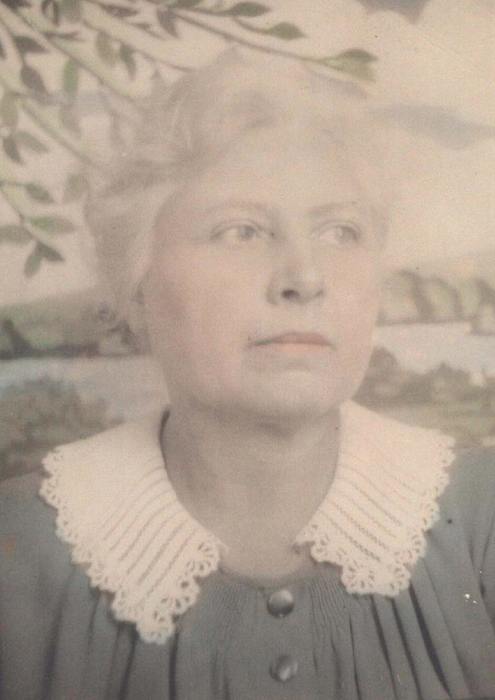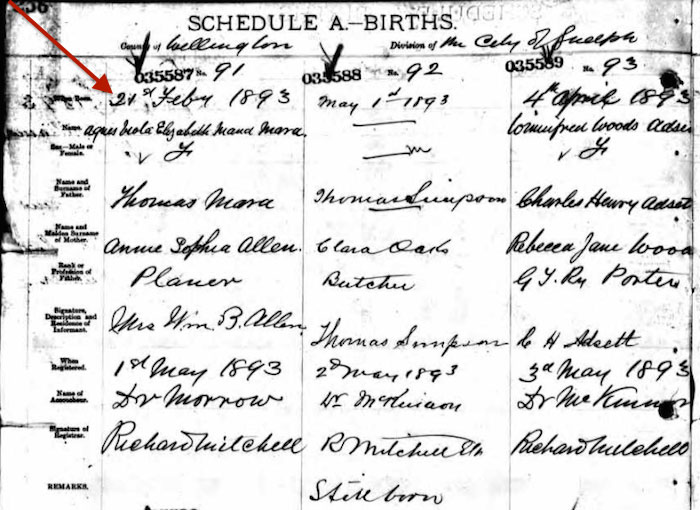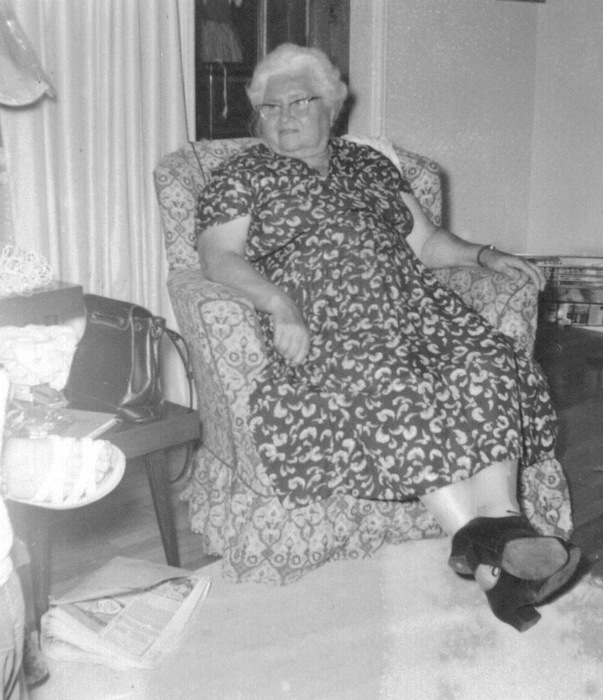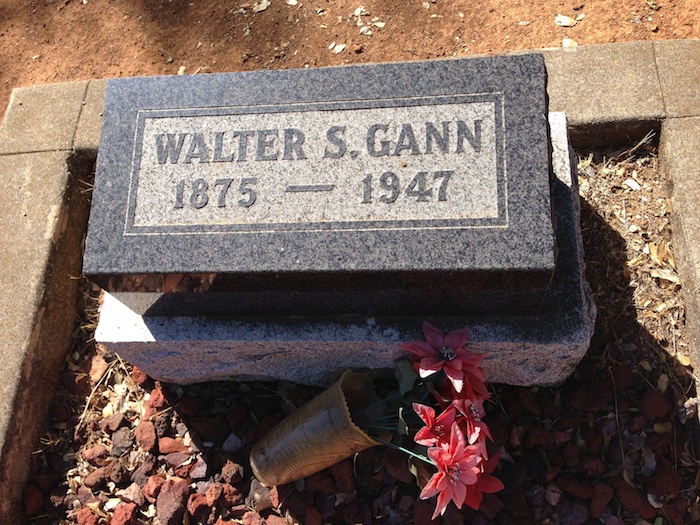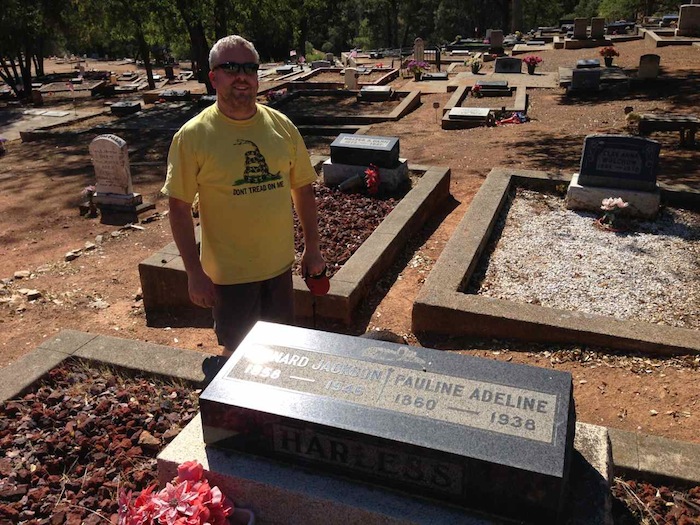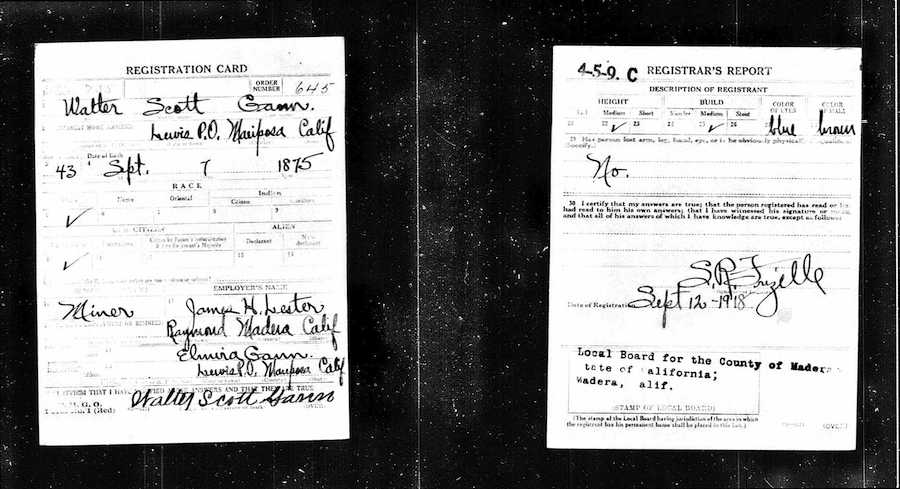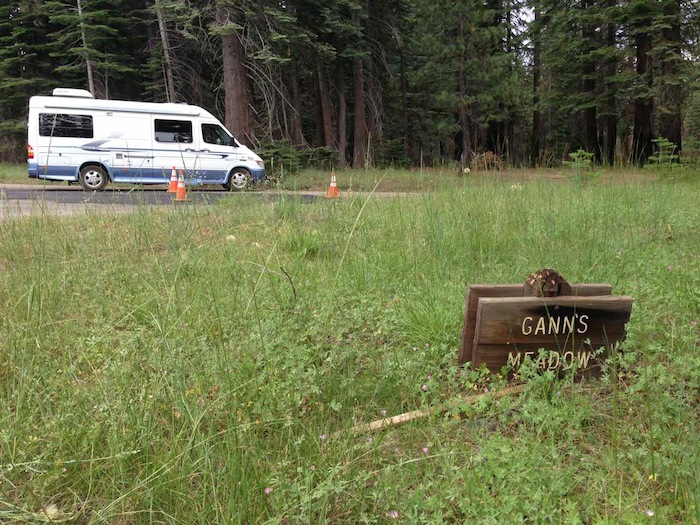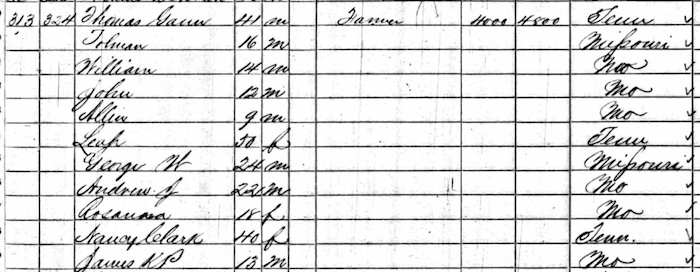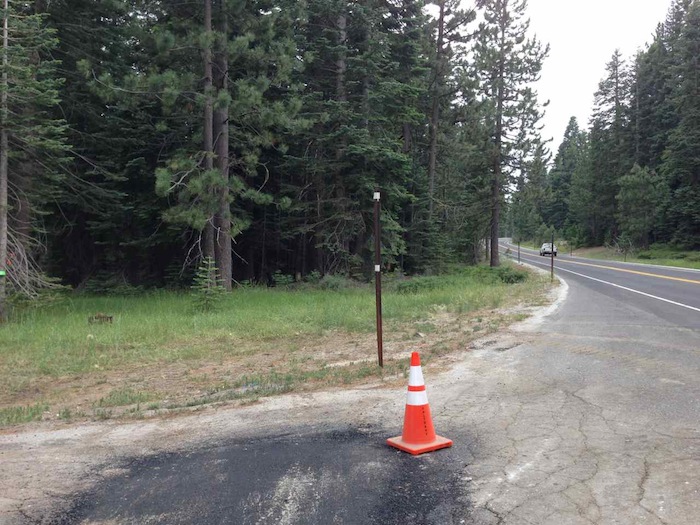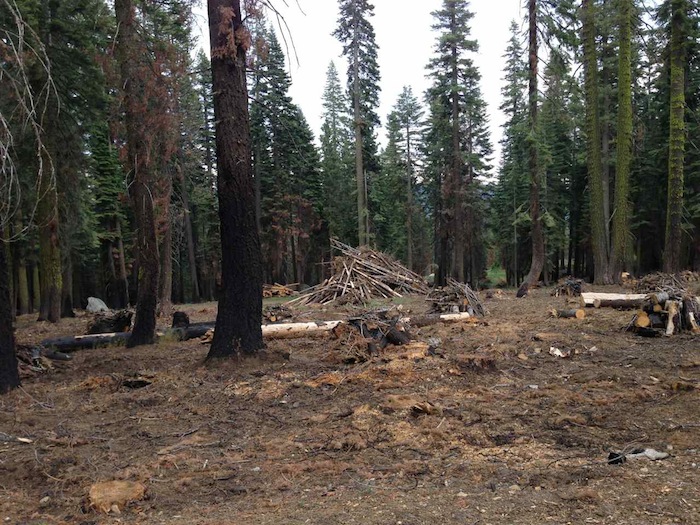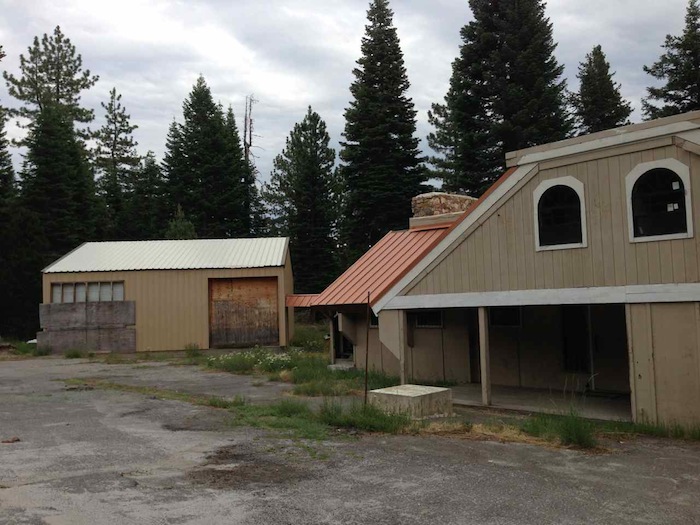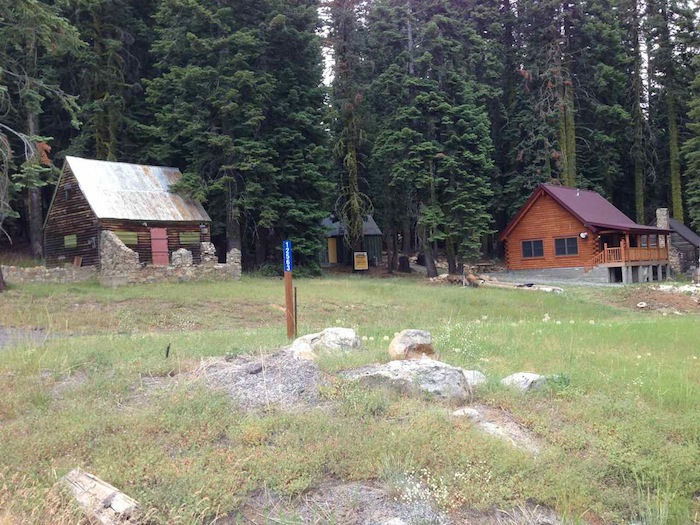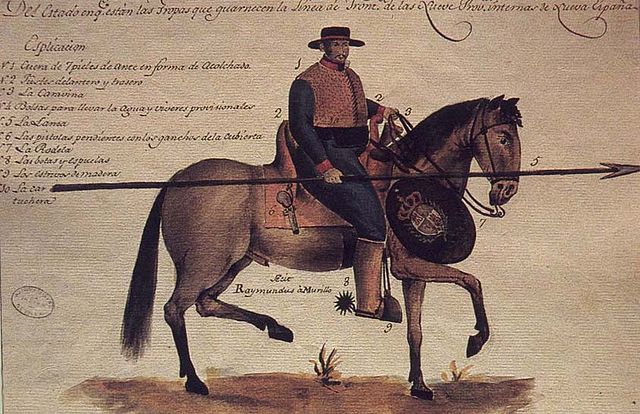
My 2nd entry in Amy Johnson Crow’s “52 Ancestors in 52 Weeks” family history blogging challenge for 2015.
The challenge: have one blog post each week devoted to a specific ancestor. It could be a story, a biography, a photograph, an outline of a research problem — anything that focuses on one ancestor.
Amy’s 2015 version of this challenge focuses on a different theme each week.
The theme for week 2 is King — January 8 is Elvis’ birthday. January 15 is the birthday of Martin Luther King, Jr. Do either of these “Kings” remind you of an ancestor? Or, taken another way, do you have a connection to royalty? Did you ancestor flee from an oppressive king?
My 2nd ancestor is someone whom I am not sure is even related to my family at all — Jose Manuel Nieto (1734-1804). Nieto was part of the Gaspar de Portolà expedition of 1769 into Alta California, which was the first recorded Spanish land entry into and exploration of present day California. In 1784, Nieto was awarded one of the largest Spanish land grants in Alta California — what would become Rancho Los Nietos, located in present day Los Angeles and Orange counties.
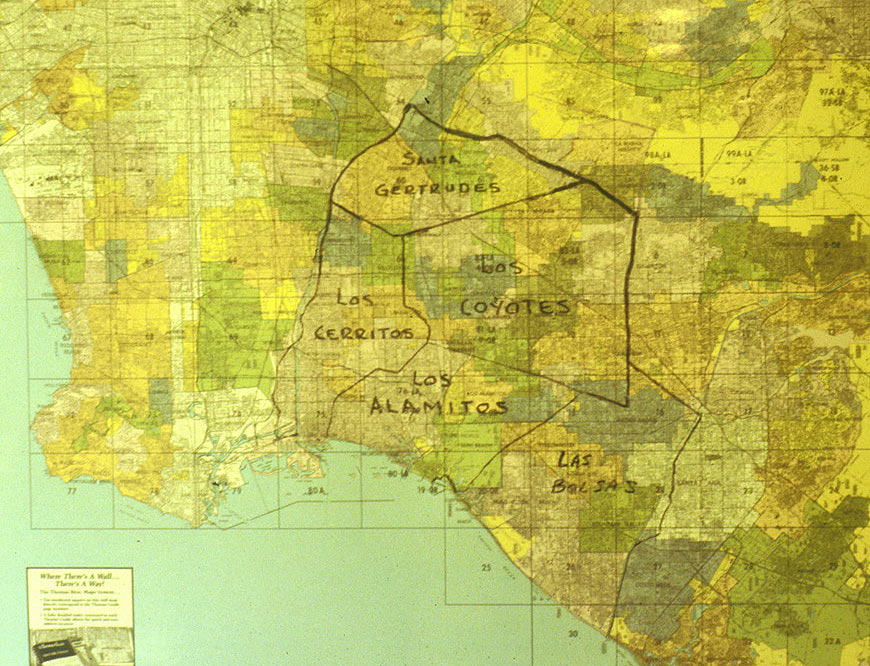
The king reference? Nieto was a soldier (soldado de cuera, “leather jacket soldier”) in the Royal Army of Spain. His efforts in the 1769 expedition helped expand the Spanish Empire. And his name is revered almost like royalty among Southern Californians who descend from these Spanish/Mexican founding Alta California families.
Nieto Family Claims
My father is a Nieto, through his paternal grandmother Maria Nieto (1887-1974). My entire life, I have heard his family claim that we are descended from THE Manuel Nieto, this Manuel Nieto. There is still a huge population of Nietos — including many of our cousins — living in Southern California. The obituary for my 2nd great grandmother — Maria Aurelia Compean (1858-1963), the mother of Maria Nieto — makes claim to this heritage through marriage to my 2nd great grandfather Rafael Nieto. There is a big Nieto reunion in Long Beach, California every year (I have not yet attended), where I am told everyone there claims this same heritage. Any time I talk about family history with my grand aunt (married to Maria Nieto’s last living child), she is adamant that we are descended from Manuel Nieto, and she always seems a bit annoyed (rare for her, she has the sweetest more cheerful disposition) that I don’t just accept this “fact”. I have to gently explain that as a historian and librarian, while this connection may be true, I cannot accept things as historical facts until I can verify through actual documented evidence. We repeat this conversation every year at our family’s big annual Christmas tamale party.
So, after this past December’s conversation with my grand aunt, I decided that I am going to try to prove or disprove our connection to the famous Manuel Nieto — to once and for all verify if we are directly descended from or related to, via a common ancestor, Manuel Nieto.
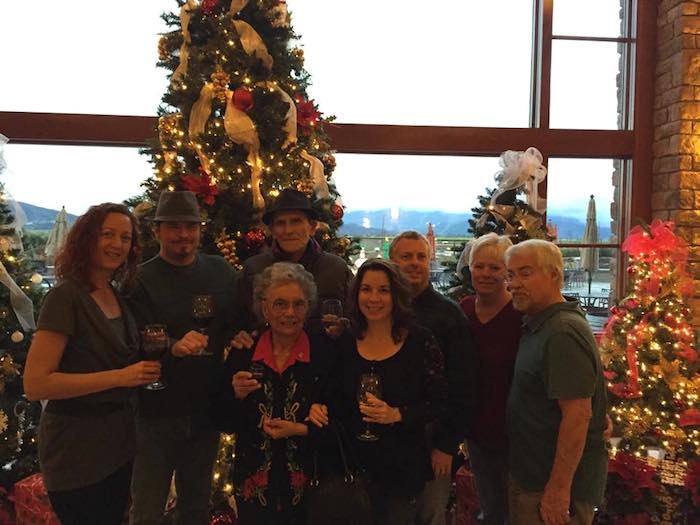
Proving Famous Lineage
If you are a regular reader of Colleen & Jeff’s Roots, you will recall that I did this last year with my husband’s family’s “cousin claim” to Revolutionary War hero Major General Nathanael Greene — I was able to verify through documented evidence that my husband is a 3rd cousins7x removed of the hero. The Nathanael Greene project was a laborious one, but was fairly quick and easy due to how heavily documented Nathanael’s own family history is in various print and online publications. This saved me from having to research and create Nathanael’s family lines myself. I “only” had to continue my existing work of researching and building my husband’s Greene genealogy, then find concrete matching connections with Nathanael’s genealogy. Once I found those key matches, I was able to easily trace back to a shared common ancestor.
I am starting from scratch with Manuel Nieto. I have not yet found a published documented family history for this famous Nieto, only references to the names of his wife, their children, and the spouses of those children. So in all of my “spare time” I now have to build Manuel Nieto’s family tree as a starting point for my investigation into a shared connection with my Nieto family. I have created a new Manuel Nieto tree in my main Family Tree Maker and on Ancestry, on to which I am adding his relations as I discover them. When and if I do find a shared ancestor, I can them merge that Manuel Nieto tree into my own main family tree.
To make matters more complicated on this new Manuel Nieto Project, much of the records and publications are in Spanish, whereas the Nathanael Greene Project files were all in English. I don’t speak, read, or write Spanish — my 2 years of high school and 2 years of college Spanish were so long ago that I can now only ask where the bathroom is located or order a drink at a bar in Mexico. This is where my Spanish-fluent father, who is now retired and has the time to help, will need to be of big time assistance to me.
My hope is to complete the Manuel Nieto Project while my sweet wonderful grand aunt is still alive. And I do hope that my investigations uncover confirmation that my aunt and the family are correct…that we are indeed descended from our related to Manuel Nieto. Because they have believed and been proud of this “fact” for generations. If my investigations prove otherwise, I think it will make me a bit less popular at Nieto family gatherings.
The Manuel Nieto Project
I plan to write about my efforts and discoveries on this blog, under the title “Manuel Nieto Project”. Who knows, maybe I’ll even get a journal article out of this work.
If you are a Nieto who has proven this documented connection to your own family, are a historian who is aware of an already published documented family history for Manuel Nieto, know of any leads for me to trace Manuel Nieto’s family history, or are just an expert in Spanish/Mexican records from the Alta California period, please let me know. I welcome any and all help!
